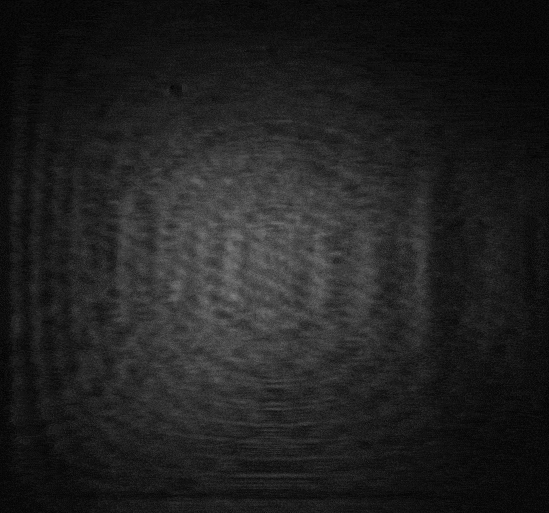For the first time, scientists have used liquid crystals to build a flat magic window - a transparent device that produces a hidden image when light shines on it This technology represents a new change in a very old lighting technique. Craftsmen thousands of years ago made bronze mirrors that look like ordinary flat mirrors when looking at their reflection, but produce another image in direct sunlight.
Scientists didn't know until the early 20th century that these devices worked because the image projected on the back of the mirror produced small surface changes, which led to the formation of the image - and engineers haven't applied the same principle to the liquid crystal of high-tech displays until now.
Felix Hufnagel, head of the research team from the University of Ottawa, said: "the magical window we created is completely flat to the naked eye, but in fact, it changes slightly and forms an image in response to light. By designing the window relatively smooth, the resulting image can be seen within a large range from the window."
In the high impact research journal of optica - optica publishing group, Hufnagel and his colleagues described the process they developed to create transparent liquid crystal magic windows. It is reported that the process can produce any required image. In addition, it can also be used to make magic mirrors to reflect rather than transmit light to create images.
"Using liquid crystal to make magic windows or magic mirrors can one day create reconfigurable versions for making dynamic art magic windows or movies," Hufnagel said. "The ability to obtain a long focal length can also make this method useful for 3D displays and produce stable 3D images even from different distances."
Create miracles with LCD
It was not until 2005 that scientists at Bristol University realized that the surface effect of bronze was the basis of the tiny changes in mathematics. Later, he expanded this knowledge - in addition to the reflective magic mirror, he also developed a theoretical basis for the transparent magic window. This work inspired Hufnagel and his colleagues to create a magic window based on liquid crystal.
Liquid crystals are materials that can flow like traditional liquids, but their molecules can be oriented like solid crystals. In the new research work, the researchers used an improved version of a well-known manufacturing process. It is reported that this process produces a specific liquid crystal pattern, which can produce the required image when lighting.
They used Pancharatnam berry optical element (pboe), a liquid crystal device that operates under a famous principle called Pancharatnam Berry phase. By changing the direction of liquid crystal molecules in the device, researchers can change the characteristics of light passing through the device on a pixel by pixel basis.
Multi distance stable image
Hufnagel said: "at the conceptual level, the theory developed by berry helps to determine how these liquid crystals must be oriented to create a stable image over a long distance. We use flat optical elements and the gently varying liquid crystal patterns specified by Berry's Laplacian image theory to make the magic window look normal or flat when people look through them."
After making magic mirrors and windows, the researchers measured the light intensity patterns produced by the two devices with a camera. When illuminated with a laser beam, both the mirror and the window produce a visible image - the image remains stable even if the distance between the camera and the mirror or window changes. The researchers also show that these devices can also produce images when illuminated with LED light sources, which will be more practical in real life.
Researchers are now trying to use their manufacturing methods to create quantum magic boards. For example, two such boards can create entangled images, which can be used to study new quantum imaging protocols. In addition, they are also exploring the possibility of using methods other than liquid crystal to make magic windows. If the surface of dielectric element is used to manufacture magic window equipment, its floor area can be reduced and the bandwidth can be increased at the same time.
